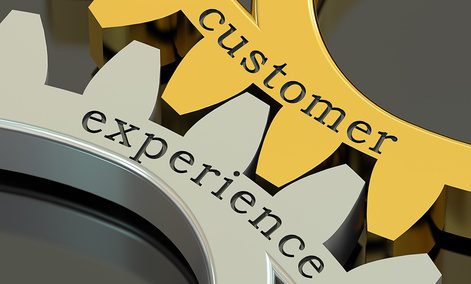Frank Konkel
Note: The Government is widely realizing it is time to adopt latest technology corporate practices in updating its IT capability / systems / culture. This article presents an overview of the challenges ahead.
Customers generally don’t like dealing with the government, with low customer service scores almost as much a fact of life as death or taxes.
Yet, with advances in technology and the recognition by the Obama administration and some in Congress that customer service is integral to agencies advancing their missions, some momentum has built across the executive branch.
Hoping to expand that momentum, ACT-IAC included a series of citizen experience-related recommendations for the next administration in its third Presidential Transition Project, released this week.
The entire report, which includes recommendations regarding talent needs, management approaches, program agility, public-sector priorities and a new cybersecurity approach, is worth a read. But the customer service suggestions deserve special mention in part because the U.S. government rates dead last among all notable international industries in customer experience.
The report first outlines the scope of the federal government’s customer service challenges. Agencies like the Social Security Administration, the Internal Revenue Service and the Homeland Security Department interact with hundreds of millions of citizens each year. Every time citizens fly, pay taxes or receive Social Security benefits—or call those agencies with questions—counts as a touch point, and more often than not, agencies aren’t maximizing those opportunities to positively impact customers. Instead, they’re faced with long wait times or unsatisfactory answers.
“We have just begun to make progress,” said Martha Dorris, who championed customer service efforts within the General Services Administration and now runs a consulting company. Dorris was one of the paper’s co-authors and spoke about the recommendations Tuesday at ACT-IAC’s flagship conference in Williamsburg, Virginia.
“We need to understand the value and the benefit government could get from improving the way it delivers services,” Dorris added. Key recommendations include breaking down barriers to soliciting customer feedback, ensuring senior leaders are accountable for improving customer service, creating an independent advisory board that can advise the government on CX matters, and creating a measurement framework to be used across government to determine success.
In addition, the recommendations call for an executive order titled, “Delivering an Experience that Exceeds the Public’s Expectations,” as well as a national strategy to improve customer experience across all agencies. That strategy would focus heavily on the top 10 most important federal services, and would also create a federal chief customer officer position within the Office of Management and Budget to lead those efforts. The person with that title would also oversee a Chief Customer Officer Council, similar to the current version of the Chief Information Officers Council.
“Customer experience must be given priority early in the new Administration,” the report states. “The administration should develop a national strategy for how the government with the goal of making the U.S. [No. 1] in the world in delivering services to the public. The strategy should require agencies to implement best practices for governance, processes, measurement strategies, technologies and transforming to a CX culture. The strategy should also ensure that funding is available to achieve the strategy’s goals.”
Original article: http://www.nextgov.com/cio-briefing/2016/10/how-next-administration-can-improve-customer-service/132681/






Leave A Comment